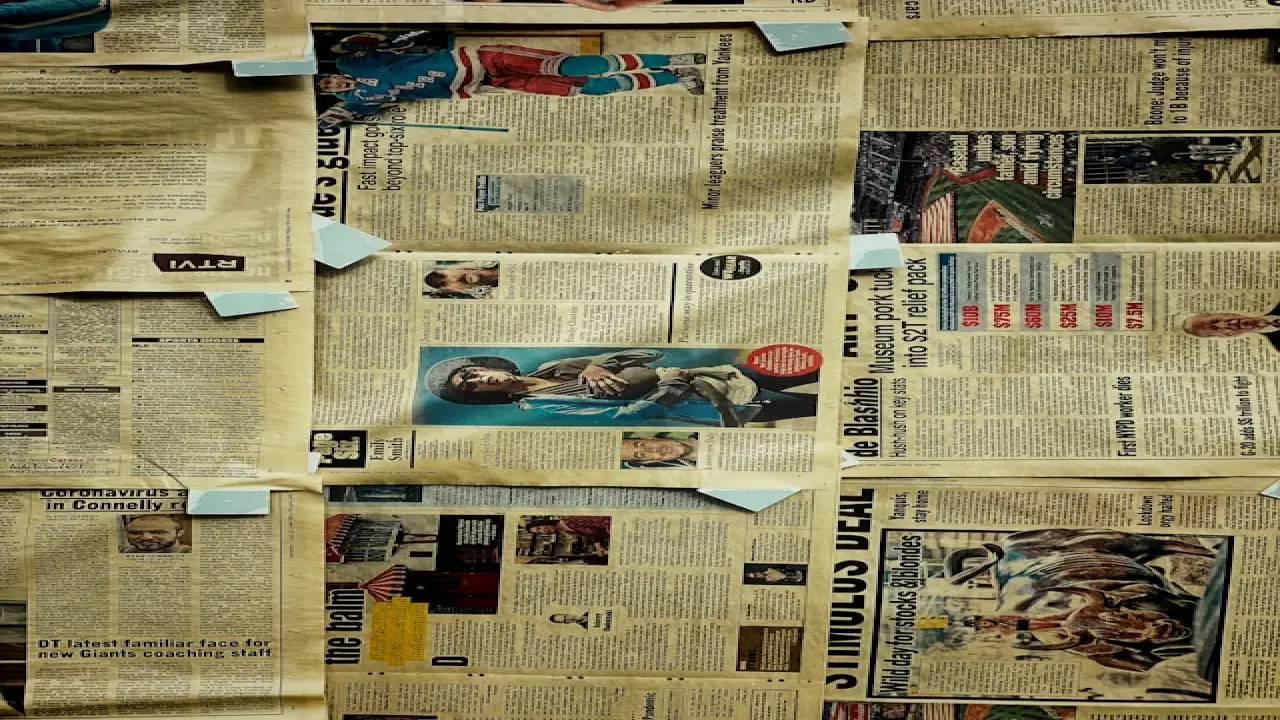The Power of Visuals: How Newspapers Publish Their Images Articles
In today's media landscape, newspapers play a pivotal role in shaping public perception through their visual storytelling. Images are not merely accompaniments to news articles; they often serve as powerful catalysts for emotional responses and can influence public opinion on various issues. Understanding how newspapers curate and publish their image articles provides insight into the dynamics of media representation and its impact on society.
-
Editorial Direction: Newspapers establish editorial guidelines that dictate the selection and presentation of images. These guidelines ensure that images align with the publication's values, ethics, and audience preferences. Editorial teams prioritize images that enhance the storytelling aspect of articles, evoke empathy, and provide context to the news story.
-
Photojournalism Ethics: Ethical considerations play a crucial role in the selection and publication of images. Photojournalists adhere to principles of accuracy, fairness, and objectivity when capturing images. Newspapers vet images to verify their authenticity and ensure they accurately represent the events or subjects depicted. Additionally, newspapers respect the dignity and privacy of individuals portrayed in the images, especially in sensitive or tragic situations.
-
Image Selection Process: Newspapers employ skilled photo editors who curate images to accompany news articles. These professionals meticulously sift through a myriad of photographs to find compelling visuals that complement the written content. Factors such as relevance, visual appeal, and newsworthiness guide the selection process. Additionally, photo editors may collaborate with journalists to ensure that images effectively convey the intended message of the article.
-
Image Editing and Enhancement: While newspapers strive for authenticity in visual storytelling, they may engage in minimal editing or enhancement of images to improve clarity or adjust lighting. However, ethical standards dictate that editors refrain from altering the content or context of the image in a manner that distorts reality or misleads readers. Newspapers transparently disclose any significant alterations made to images, maintaining credibility and trust with their audience.
-
Multimedia Integration: In the digital age, newspapers embrace multimedia formats to enrich the reader's experience. Alongside traditional print images, newspapers incorporate multimedia elements such as videos, interactive graphics, and photo galleries to provide immersive coverage of news events. This multimedia integration enhances engagement and caters to diverse audience preferences for consuming visual content.
-
Social Media and Audience Engagement: Newspapers leverage social media platforms to distribute and amplify their image articles, reaching a broader audience beyond traditional print circulation. Social media enables newspapers to foster community engagement, encourage reader interaction, and elicit feedback on visual storytelling. By harnessing the power of social sharing, newspapers extend the reach and impact of their image articles in the digital realm.
In conclusion, newspapers play a pivotal role in shaping public discourse through their visual storytelling. By adhering to ethical standards, embracing multimedia formats, and engaging with audiences on social media, newspapers continue to evolve their approach to publishing image articles in an ever-changing media landscape. Through responsible and impactful visual journalism, newspapers contribute to a more informed and visually literate society.









Comments (0)